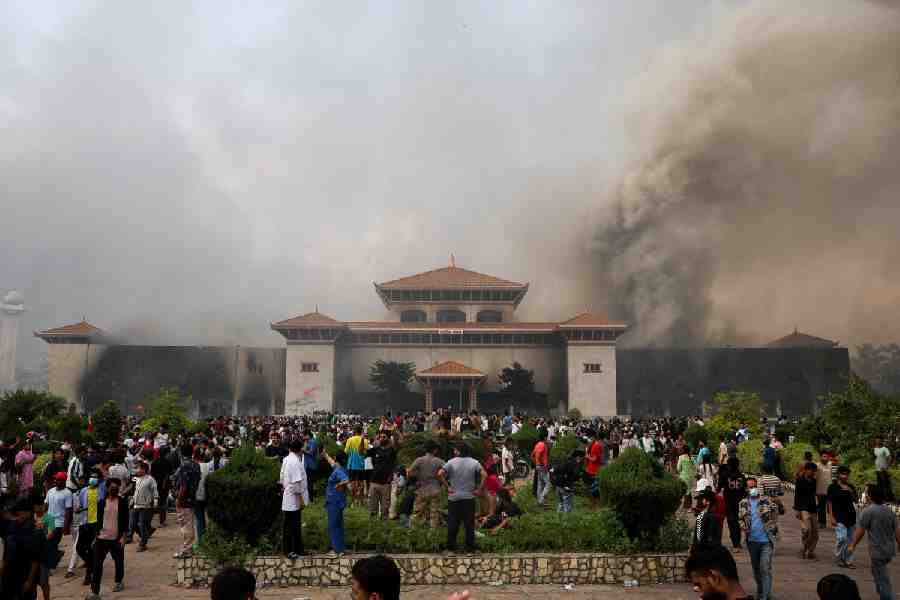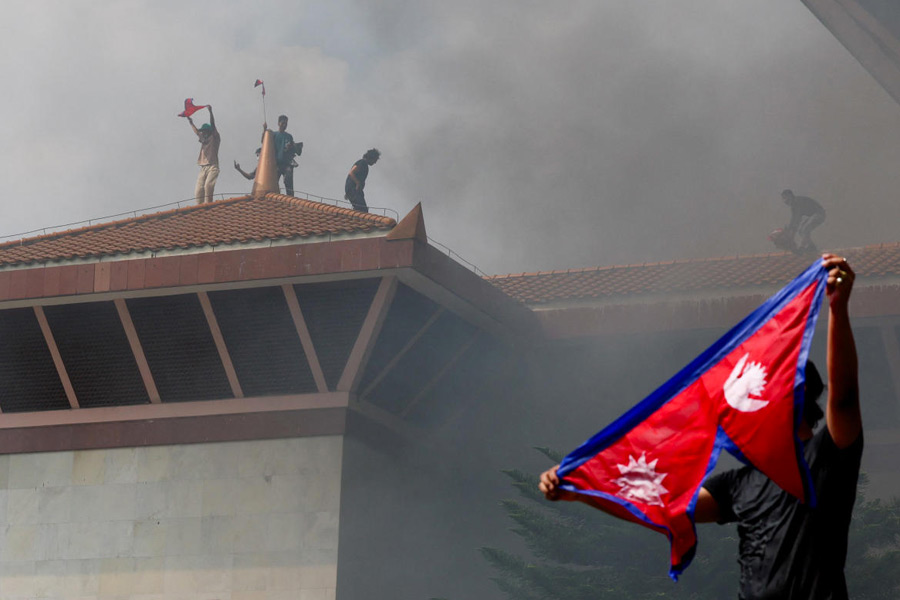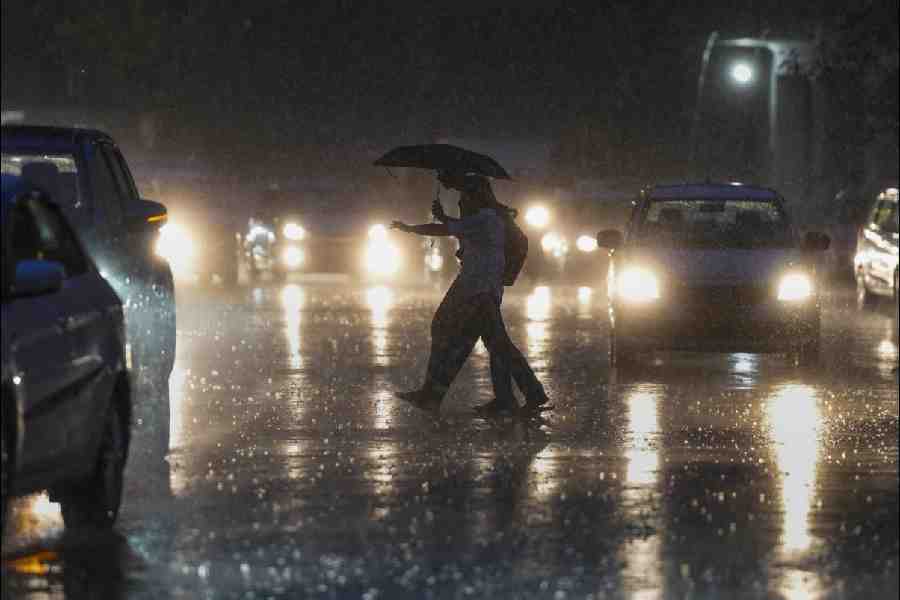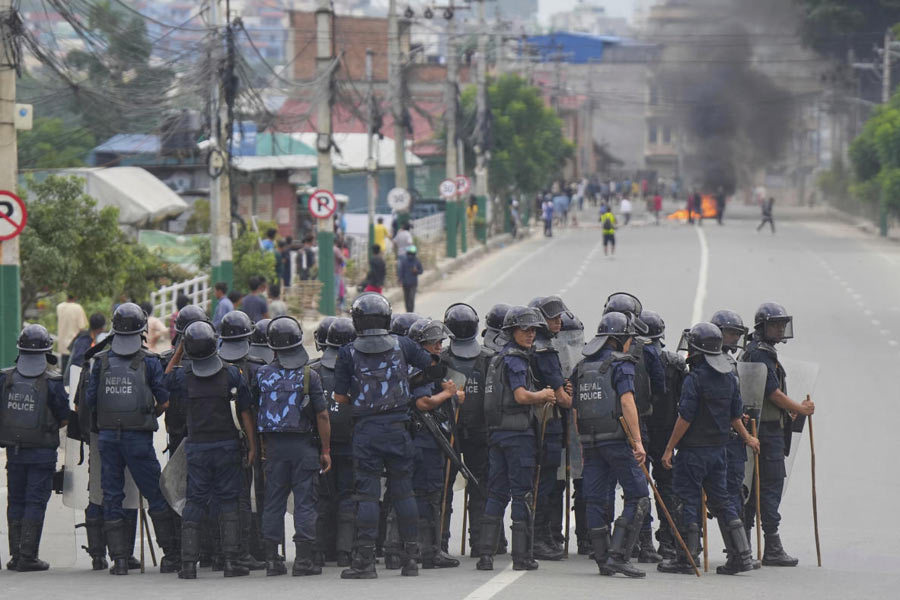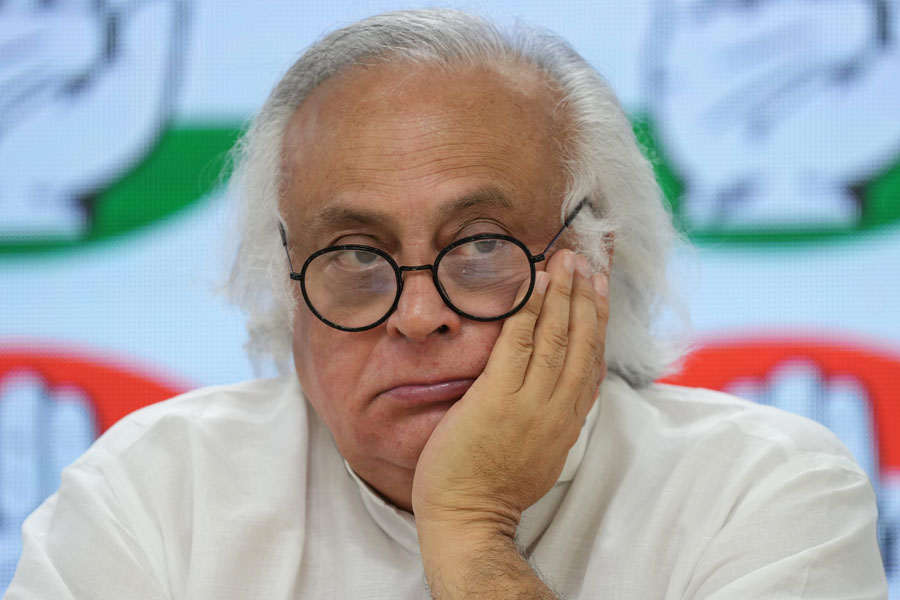 |
| Sandhya Mukhopadhyay (Picture by Surjendu Acharya) |
The West Bengal State Music Akademi has played a pivotal role in nurturing many talents under the guidance of some senior exponents. By the time results started showing, it was in troubled waters. In the wake of its silver jubilee celebrations at Rabindra Sadan last month, the Akademi is keen on an image makeover. As Sandhya Mukhopadhyay inaugurated the celebrations with her lyrical soprano touching the romantic high at Rabindra Sadan, the house-full auditorium witnessed the performance of the Akademi’s bright students.
Standing tall on her enviable expression and musical acumen, Rajashri Bhattacharya regaled with her Rabindrasangeet. Rachayita Roy’s takes on Tagore’s spring melodies was far from a regulation selection. Yet the recitals by two of the leading lights of the genre got diluted by the indiscriminate use of octopad, synthesiser and guitar. Tagore singers worth their art should object to such travesty in the name of accompaniment. Swagatalakshmi Dasgupta demonstrated how minimal accompaniment can reap rich harvests during the rendition of Ami tomay jato and Jadi prem dile na prane. She was supported by keyboard and a handful of beats played on the tabla by the experienced Dipankar Acharya.
Nazrul had a fair share of attention. Shampa Kundu did a smart work of Srijan chhande anande. This Tilak-Kamod melody set on jhaptal demands a flair for rhythm, which Kundu had in abandon. But a sudden rush of blood took toll on Manomay Bhattacharya’s take on the Yaman-Kalyan composition Mane pare aaj se kon janame. The number called for a nostalgic tone soaked in languishment. It got wayward due to the singer’s overt exuberance.
The Adhunik Gaan of the 1960s and 70s were sung by Sutapa Basu. Ajoy Chakraborty continued to refashion the sentimental favourites of the past, thereby exercising tremendous pressure on our collective listening experience. Anasuya Chowdhury sang true to her strength and unlike many others refused to jump genres. Contemporary composers like Samir Chattopadhyay and Joy Sarkar have been successful in establishing a new soundscape if not a new vocabulary. Chowdhury’s opening number Tomar janya sabuj mato was underlined by a chord progression on guitar hidden in a melodic wrapper, which the singer rendered in subtle brilliance. The Akademi may take pride in such students.


